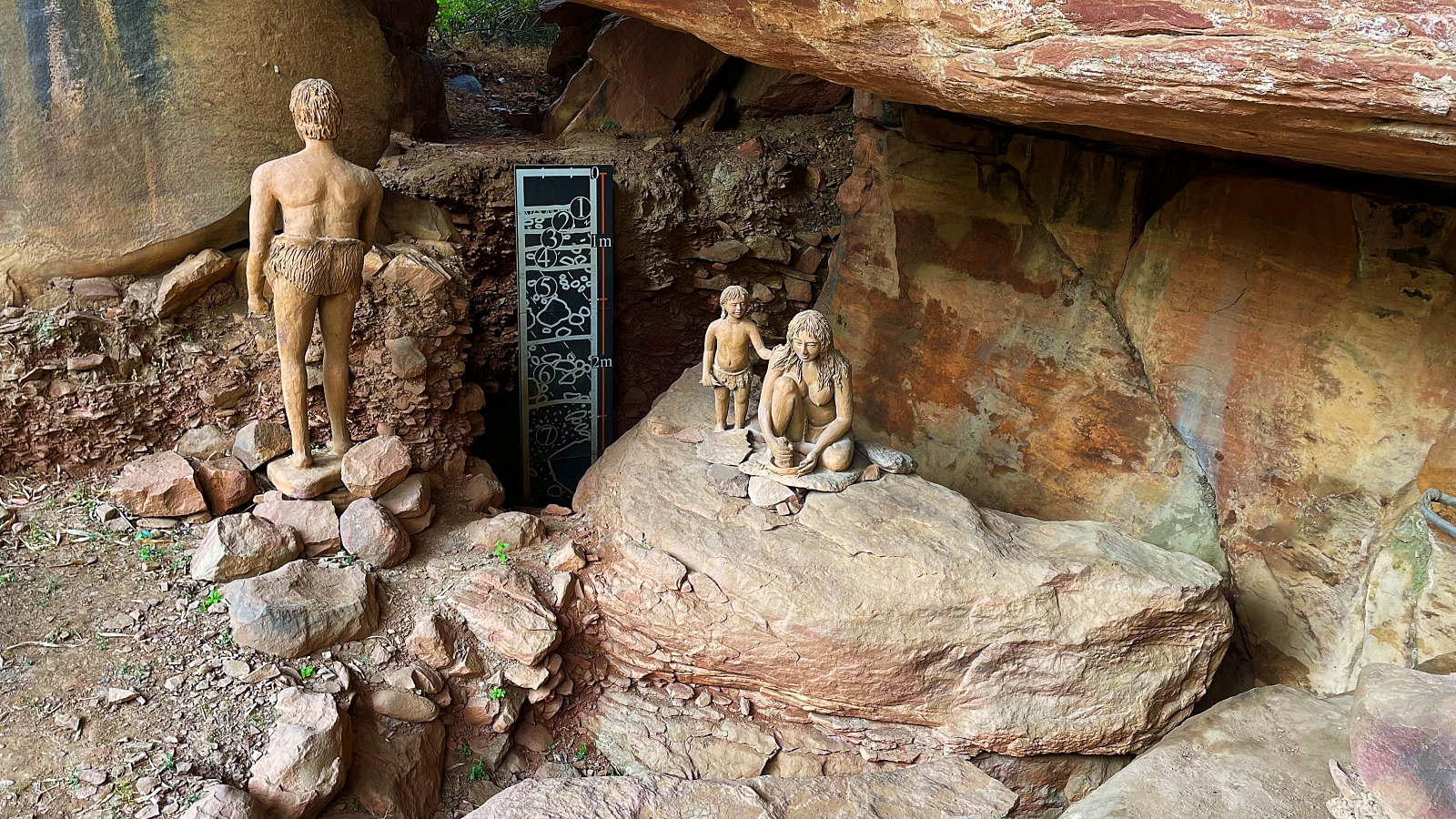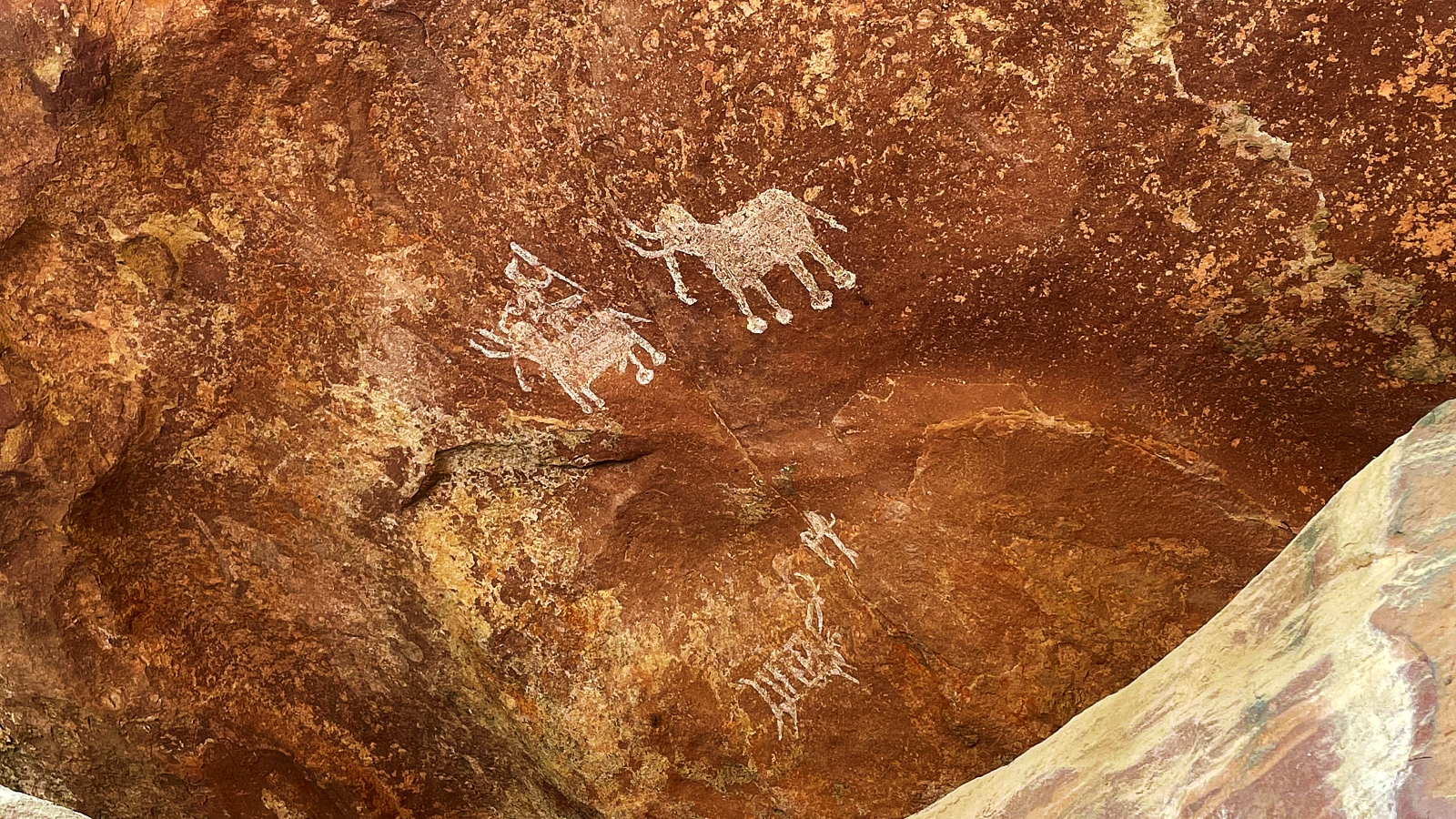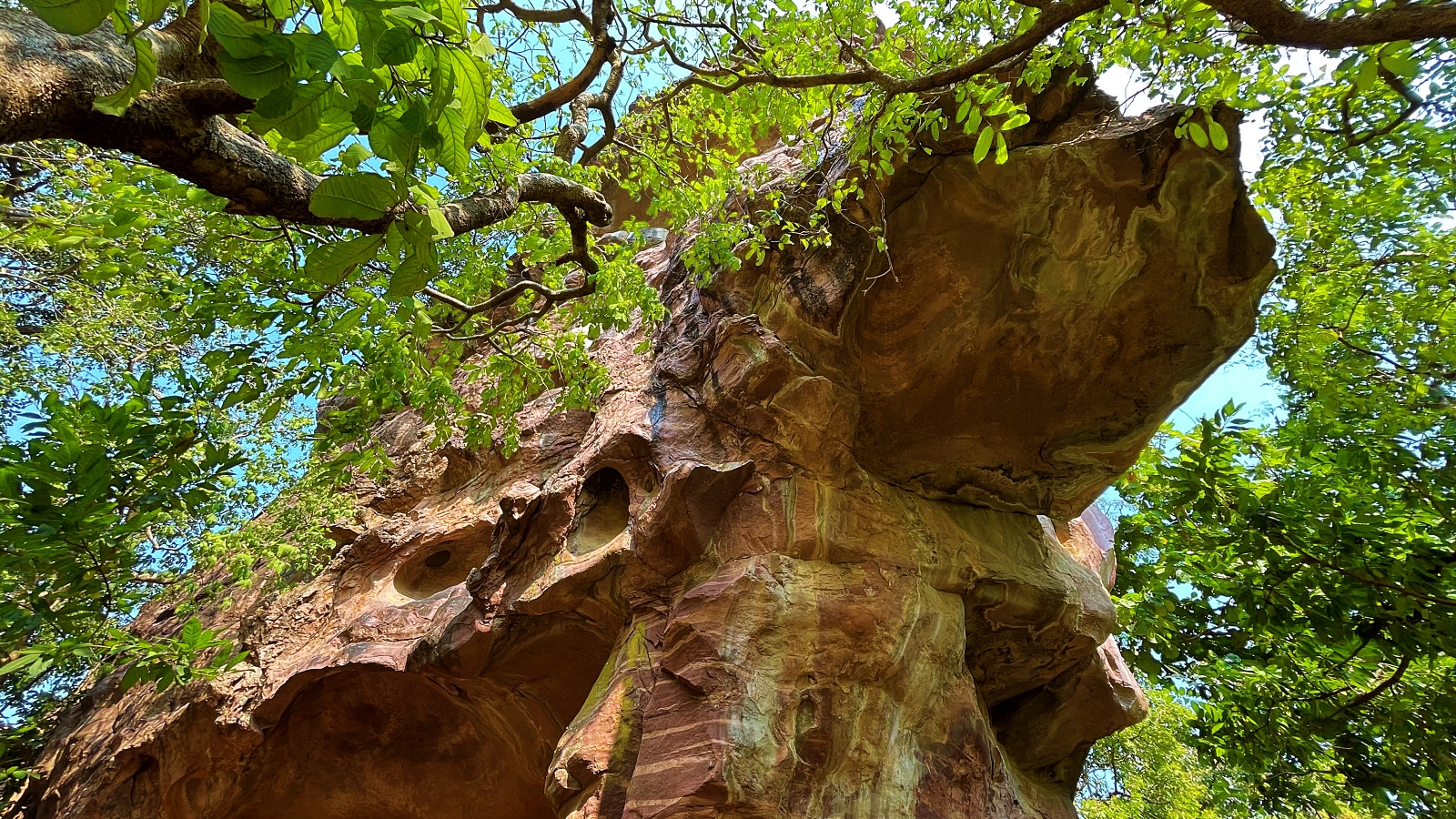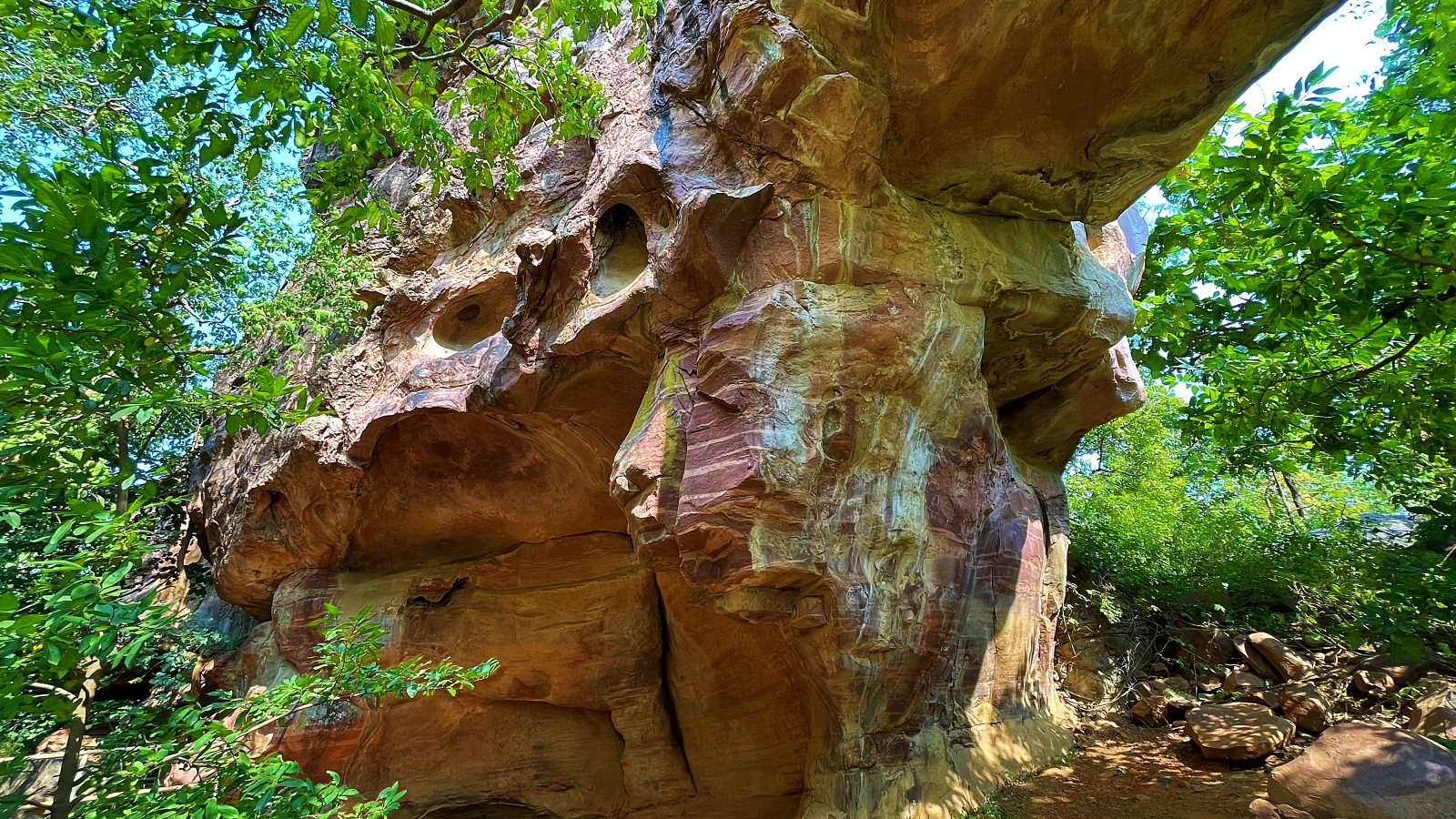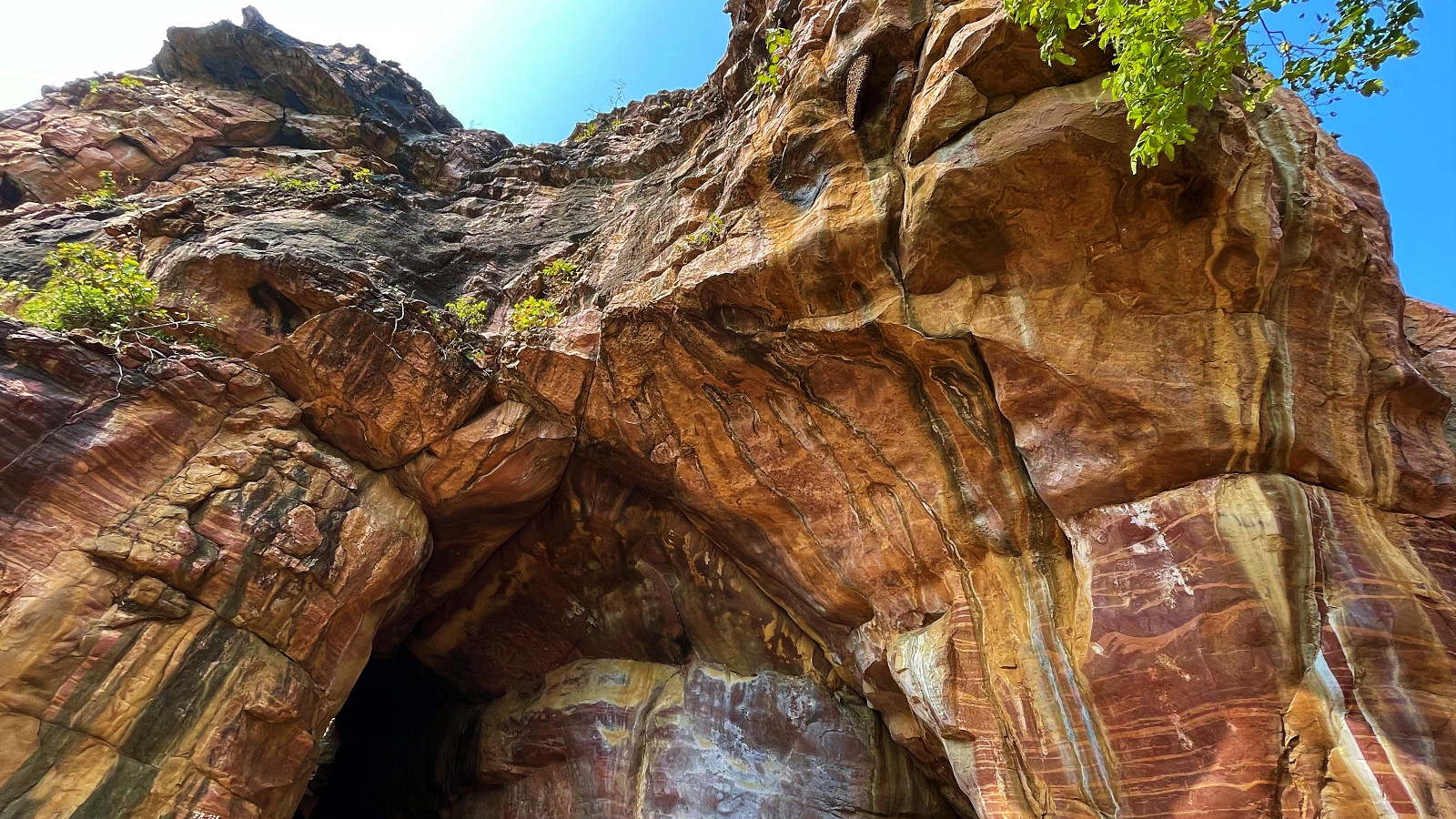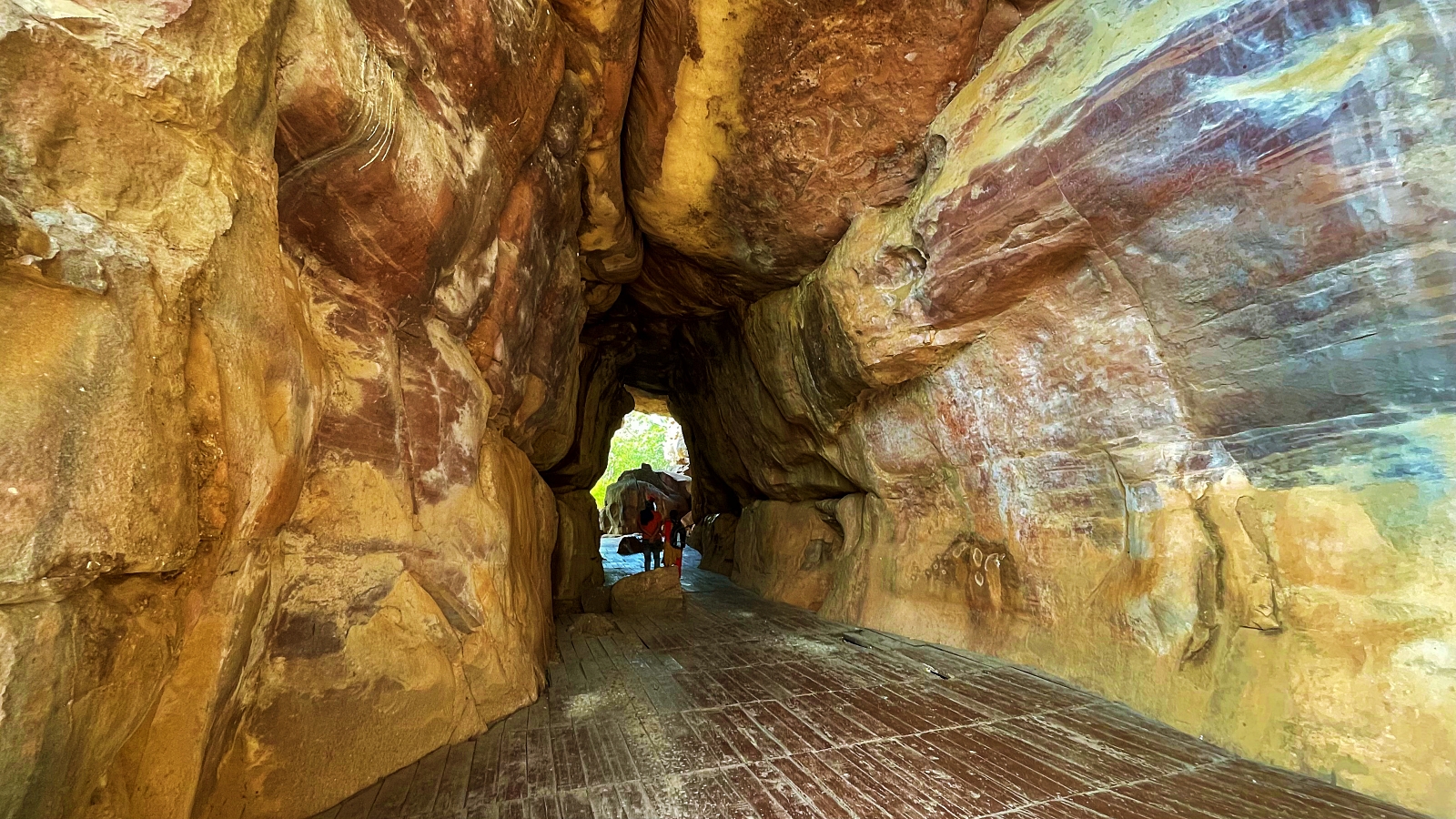Bhimbetka Rock Shelters: A Look Back in Time
If you’re an archaeology enthusiast like me, you’ll love this post. If you’re not, trust me, you’ll still find it interesting. I recently had the opportunity to visit Bhimbetka Rock Shelters and let me tell you, it was a unique experience. Bhimbetka Rock Shelters is a UNESCO World Heritage Site located in Madhya Pradesh, India. It’s one of the oldest rock-shelter complexes in the world and was once home to some of the earliest human beings on record. The shelters are thought to date back to the Stone Age, and some of the paintings found there are believed to be up to 30,000 years old. If you’re ever in the area, I highly recommend making a visit. It’s an incredible glimpse into the past.
Table of Contents
Exploring the Origins
As someone fascinated by history, I was excited to visit the Bhimbetka rock shelters and learn more about their origins. Bhimbetka is an archaeological site that dates back to the Paleolithic era, and it offers a look into the lives of our earliest ancestors. The shelters are named after Bhima, a character from the Mahabharata, and they get their name from the rocks that form their natural shelter.
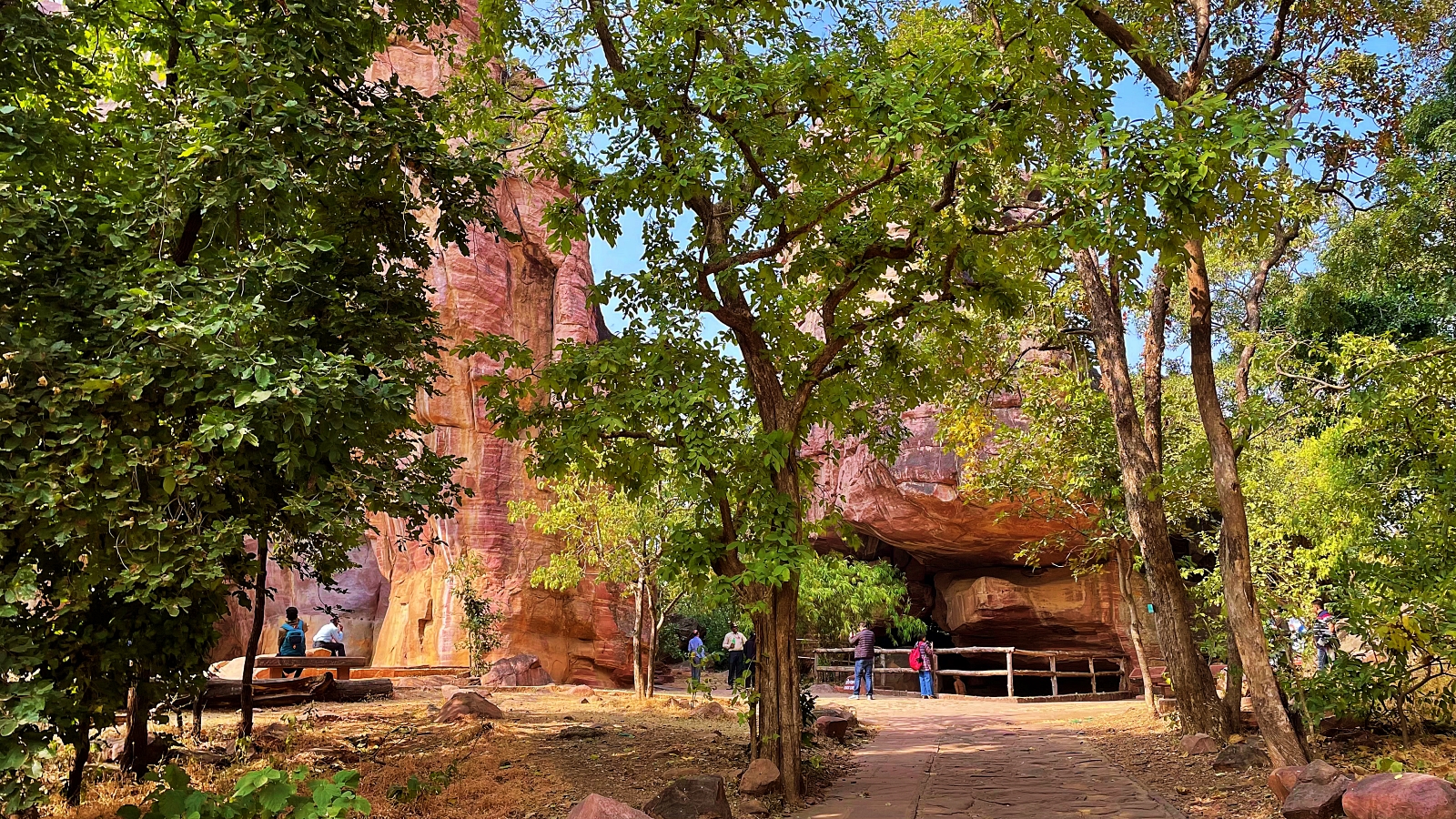
The rocks are located in a forested area near Bhopal, in central India. What I found most interesting about Bhimbetka is that it’s one of the few sites where you can see paintings from different periods of history side by side. This offers a unique perspective on how art has evolved over time.
The Cave Paintings That Adorn the Rocks
Bhimbetka is a name that is steeped in history and mythology. And, of course, the site is famous for its rock paintings. There are over 700 caves at the site, and each one of them is adorned with paintings and carvings. The paintings date back to the Stone Age, and they offer a rare glimpse into the lives of our ancestors. They depict scenes of everyday life, as well as hunting and rituals.
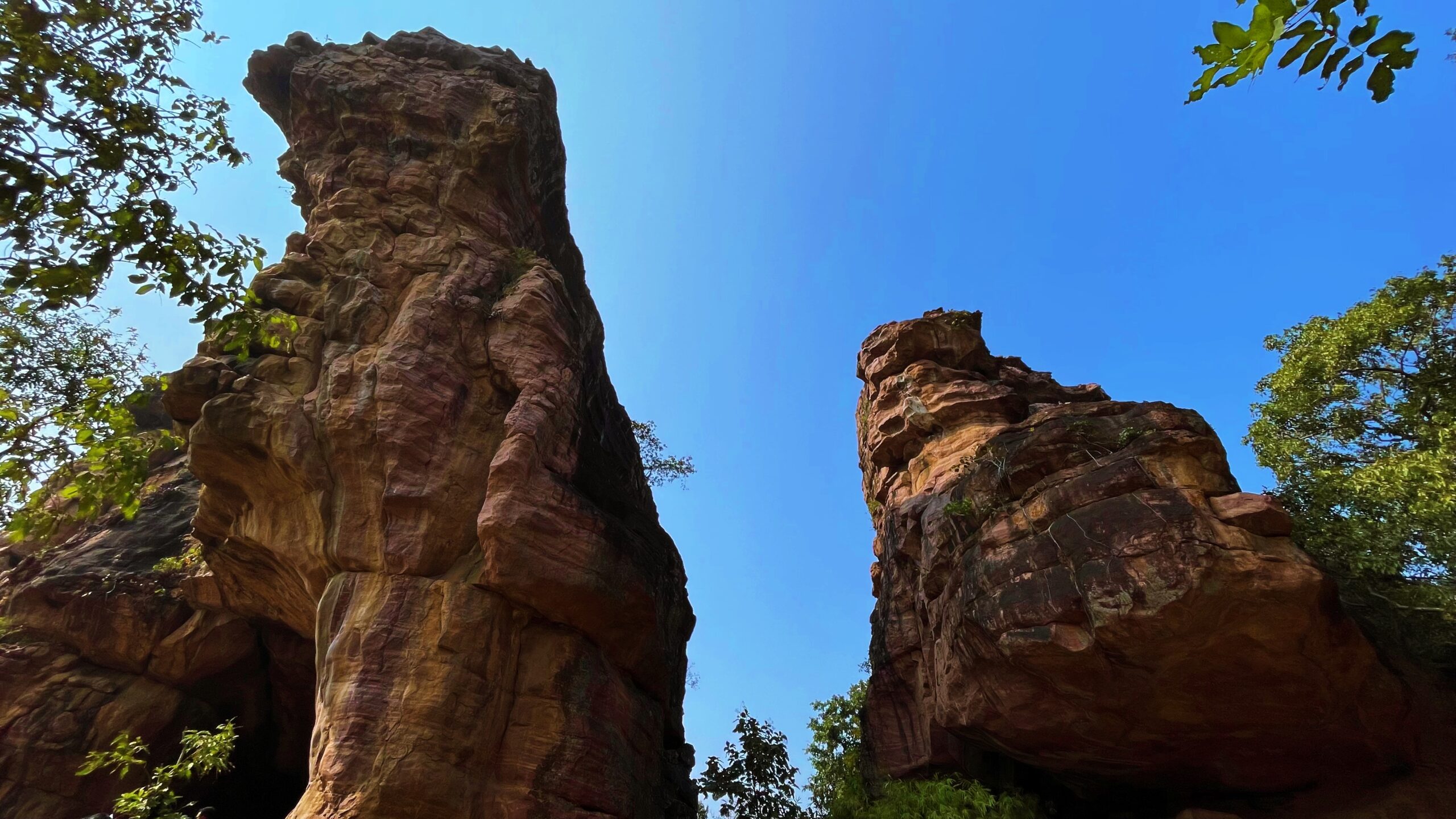
There are even some paintings that show horses and elephants—which means that they were drawn much earlier than we thought. The art at Bhimbetka is incredibly important, and it’s a privilege to be able to see it firsthand. Each cave is like a little time machine, transporting us back to a different era. It’s an amazing experience, and I highly recommend it to anyone who’s interested in archaeology or history.
Bhimbetka Rock Shelter 1
This shelter has been given the No. III F-23 by the discoverer of this site, Shri V S Wakankar. The total height of this shelter is 20 meters from the present ground level and is precariously balances on a narrow base. An excavation conducted for four continuous seasons from 1973 to 1976 brought to light the sequence of human occupation from the late Acheulian (1.5 million years) to the end of the Mesolithic period (10,000 BP).
Tools like hand axes, cleavers etc. have been found from the lower level. Only a few drawings belonging to the historical period have been found in this shelter. On the ceiling, drawings of two elephants are depicted. The smaller elephant is driven by a man holding a goad in one hand and a spear in the other having a sword on his waist. Both elephants have long uplifted tusks.
Bhimbetka Rock Shelter 2
This shelter is approximately five meters high. The paintings in the shelter have faded due to the effects of natural elements. There are 46 figures documented in this shelter which include humans, animals and some symbolic images which have not been identified. The clearest drawing in the shelter is of a horse rider, painted in the centre of the wall.
Auditorium cave (Rock Shelter 3)
The Auditorium cave is one of the important aspects of this location among the several shelters. The Auditorium rock is the largest shelter at Bhimbetka and is surrounded by quartzite towers that can be seen from many kilometres away. The prehistoric Auditorium cave, with its Gothic arches and soaring ceilings, has a “cathedral-like” ambience. Four of its branches are aligned with the four cardinal directions, giving it the appearance of a “right-angled cross” in its design. The primary entrance faces east.
The cave’s entrance is at the end of this eastern corridor, where there is a remarkable boulder with a near-vertical panel. Although there is no proof of any rites or function as such, this boulder has been referred to as “Chief’s Rock” or “King’s Rock” in archaeology literature. According to Bednarik, the boulder with the Auditorium cave is the main attraction of the Bhimbetka, which also has almost 500 spots where rock paintings can be observed. There are 754 numbered shelters dispersed over a few kilometres on either side.
Culture of Bhimbetka
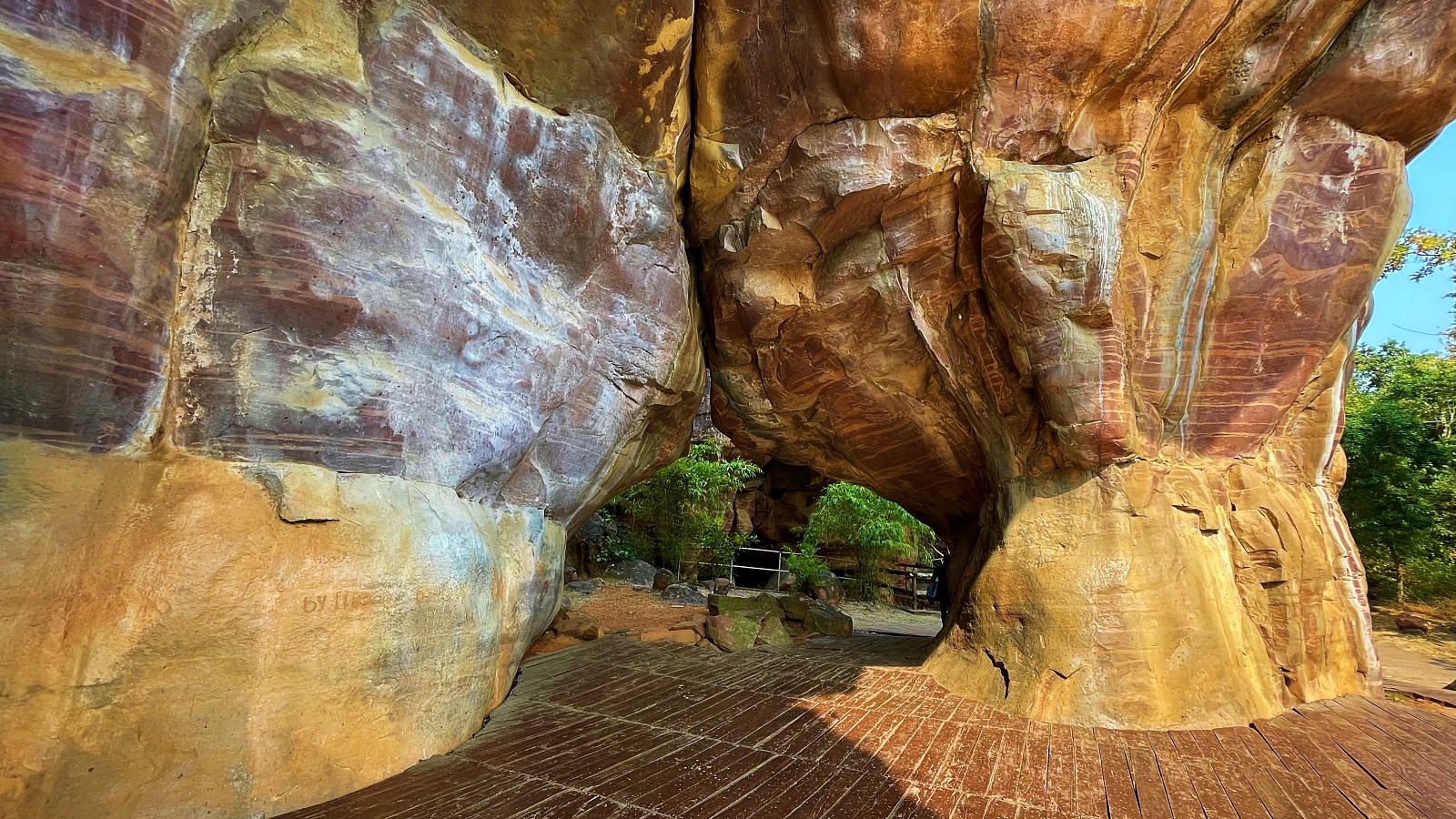
When you visit the Bhimbetka rock shelters, you’re entering a time capsule—a window into the distant past that’s almost impossible to find anywhere else on Earth. These shelters were home to some of the earliest human settlements in India, and their art and architecture provide a fascinating glimpse into the culture and lifestyle of our earliest ancestors. The paintings at Bhimbetka are especially unique, as they depict scenes from everyday life as well as hunting and warfare. They offer an amazing view into the minds of our ancestors, and provide a rare opportunity to see how our cultures have evolved over time.
How Bhimbetka Rock Shelters Fit into Indian History
Not only are the Bhimbetka Rock Shelters a stunning sight to behold, but they’re also an important part of Indian history. With its long and complex history, the rock shelters offer a glimpse back in time that few other places can provide. The Rock Shelters date back to the Paleolithic period, with evidence of humans living in the area even before 8000 BC. This makes Bhimbetka one of the world’s oldest stone-age sites.
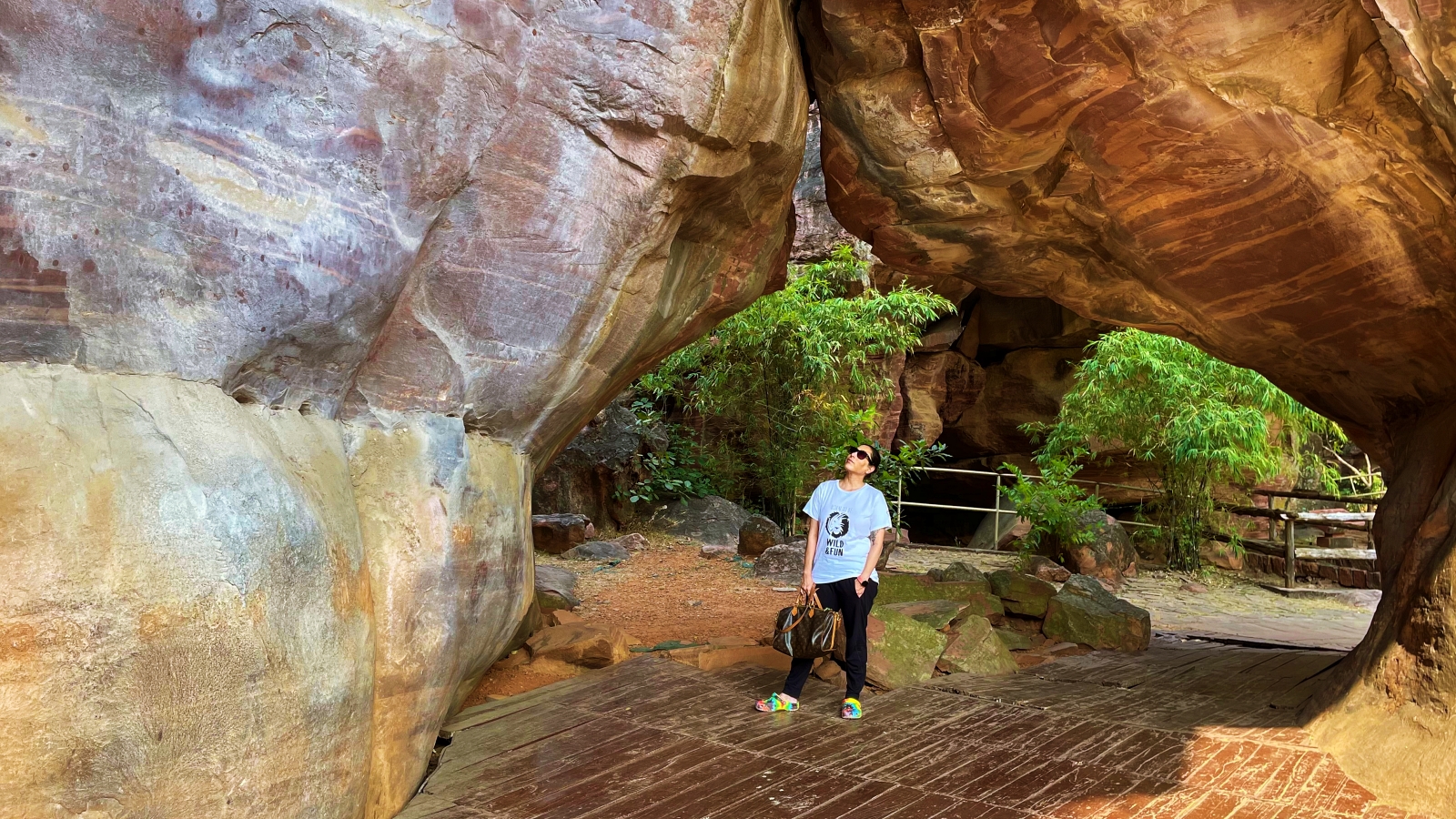
The most fascinating things about Bhimbetka are the more than 500 artworks found in these rock shelters. Some of these paintings and designs date back to 5000 BC, making them some of the oldest examples of rock art in India. These ancient pieces are believed to depict important events and stories throughout Indian history, giving visitors an incredible insight into a past era.
What Can Be Discovered Today in the Shelters?
The Bhimbetka Rock Shelters are an absolute delight to explore. The caves have a plethora of rock paintings, as well as engravings, that offer insight into the lives of the people who lived, and still live, in this area. Some of the oldest paintings date back to around 10,000 BC and depict scenes such as animals being hunted, battles between people and animals, scenes of everyday life and religious ceremonies.
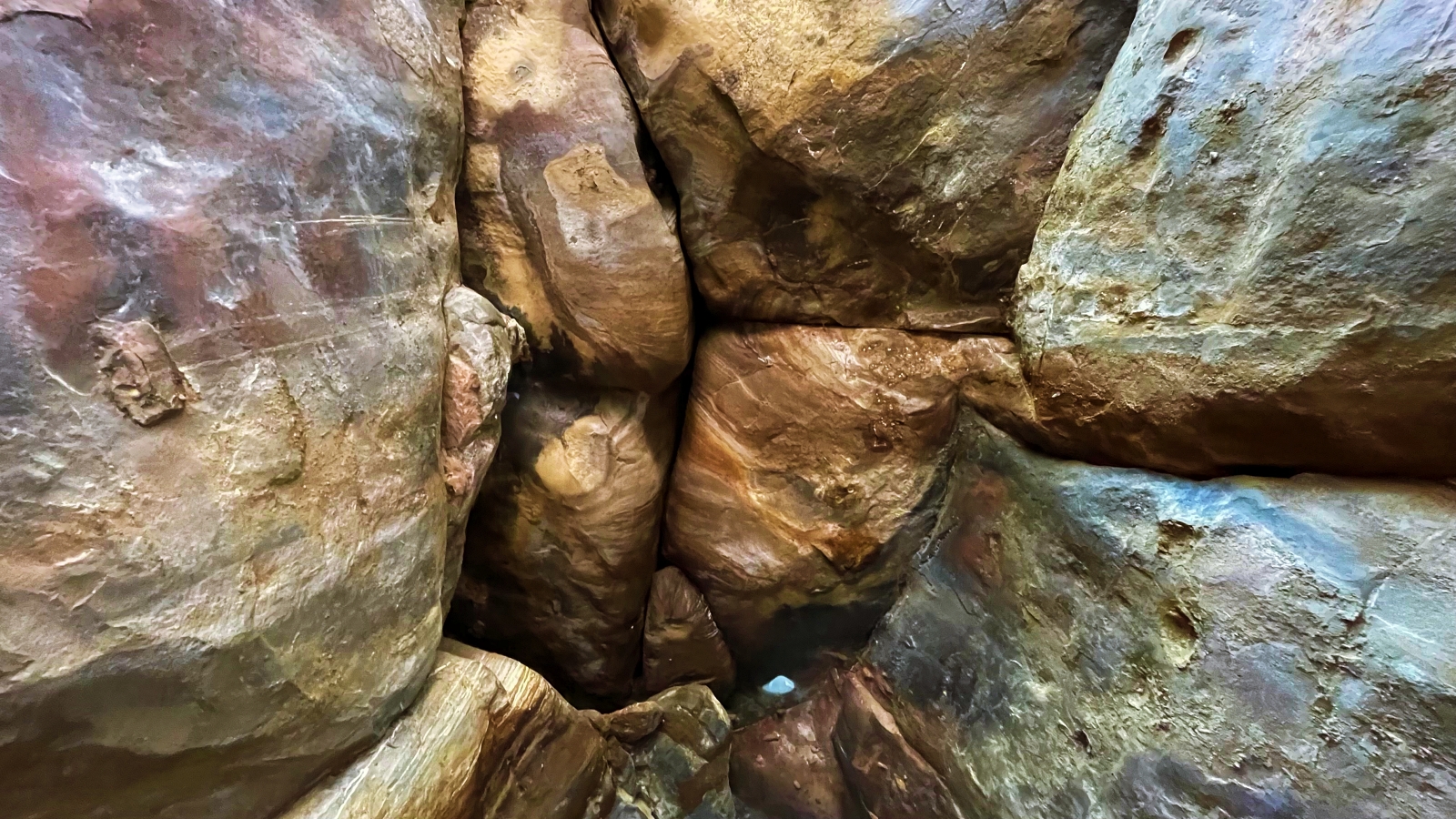
Even though some of these paintings have faded with time due to erosion or because they were not preserved correctly, they still tell us a story about what life was like in those times. What’s even more incredible is the existence of various cultural artefacts that can be found today in the shelters such as pieces of pottery and tools made from stone or bones. This gives us an even better insight into the daily lives of our ancestors. All in all, it’s no surprise why Bhimbetka Rock Shelters deserve their place on UNESCO’s World Heritage List—they are a great way to explore human history!
Conservation Efforts
Preserving the Bhimbetka rock shelters is of paramount importance. Conservation efforts are ongoing, including those from the Archeological Survey of India and the local community. The reserve has been listed as a World Heritage Site by UNESCO and is managed by the Directorate of Archeology and Museums in Bhopal. In recent years, there has been more awareness of the importance of protecting the Bhimbetka rock shelters. The locals have long been associated with this place but only recently did they begin to understand its significance and contribution to world heritage.
As a result, there are now multiple initiatives aimed at preserving these shelters for generations to come. The local community is intimately engaged in conservation efforts, from taking part in clean-up drives to developing eco-lodges in nearby villages that promote sustainable tourism. Other initiatives include creating educational programs for children that encourage them to protect their cultural heritage, as well as research projects focused on understanding the age and possible origins of cultural markings on the rock walls. It’s wonderful to see the passionate commitment the locals bring to ensuring this ancient wonder survives for future generations!
Visiting Bhimbetka Rock Shelters was like taking a step back in time. It was amazing to see the paintings and rock carvings that dated back tens of thousands of years. The shelters were a fascinating insight into the lives of our ancestors, and I would highly recommend a visit to anyone interested in history or archaeology.

